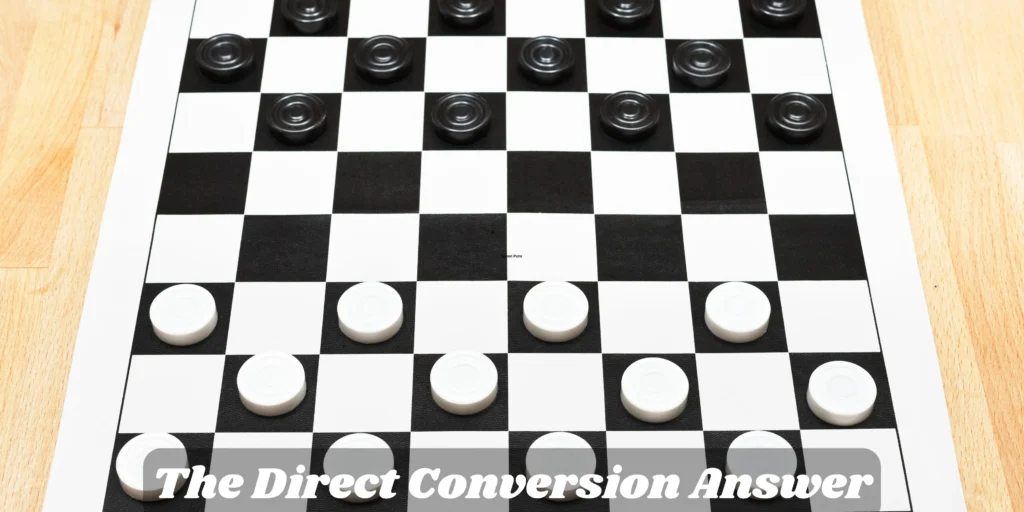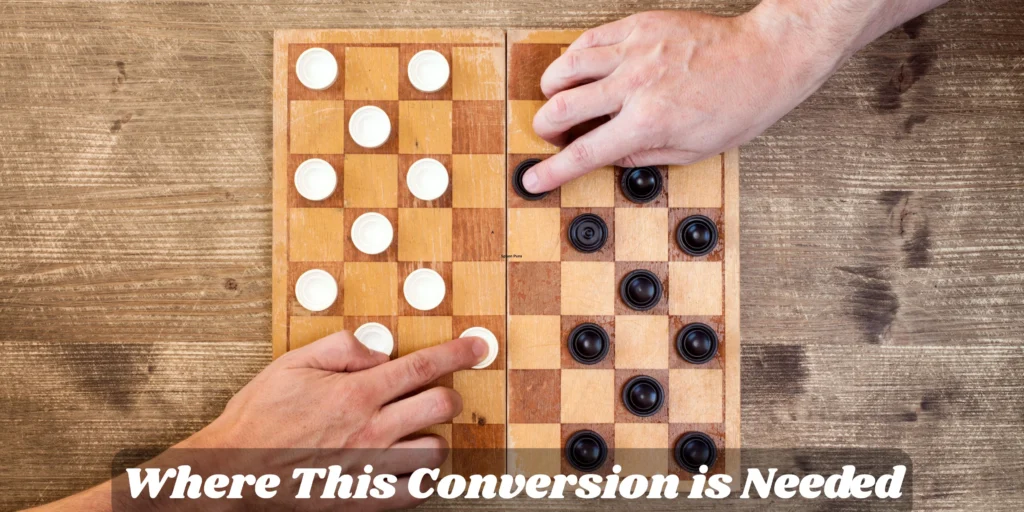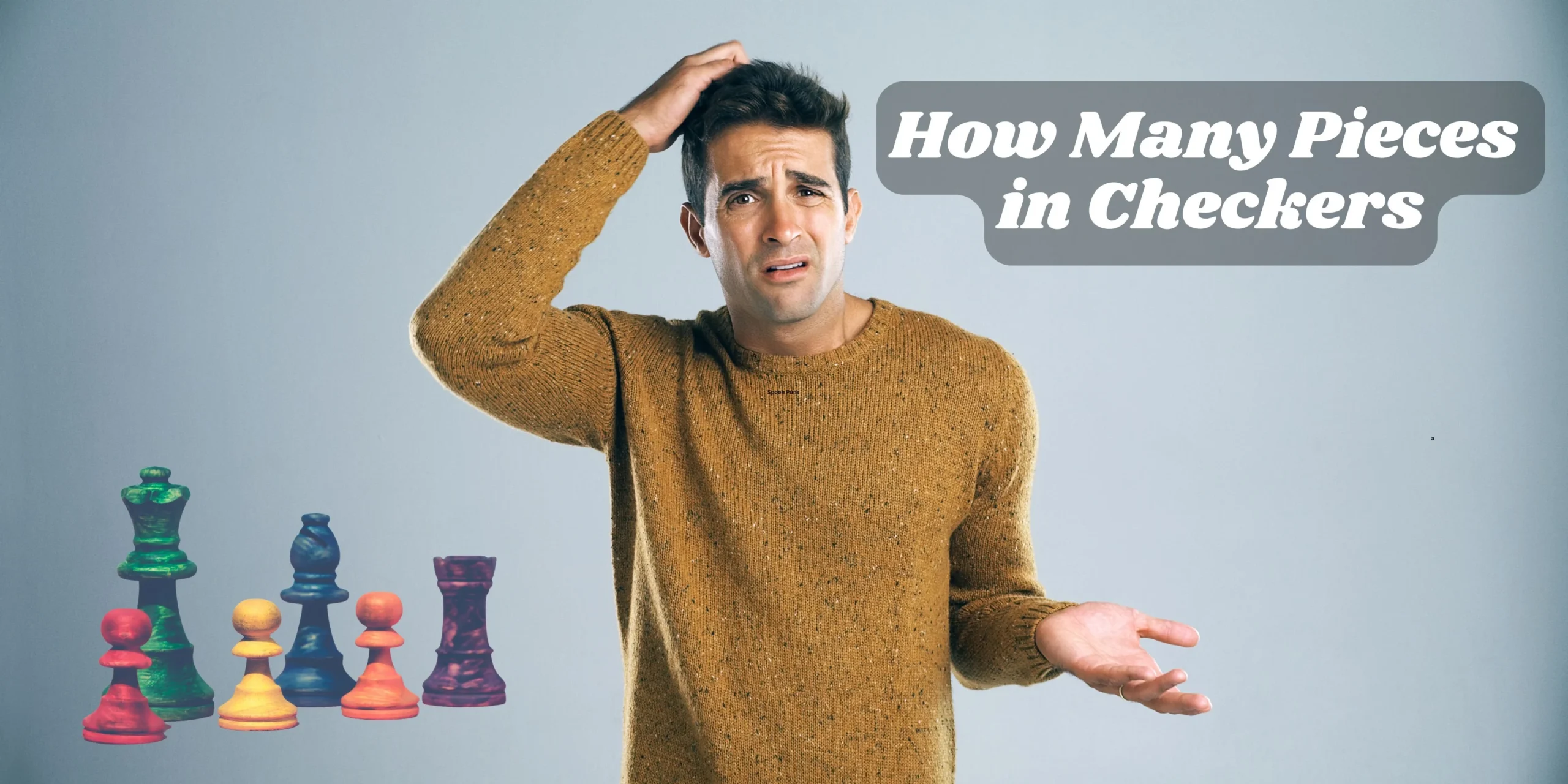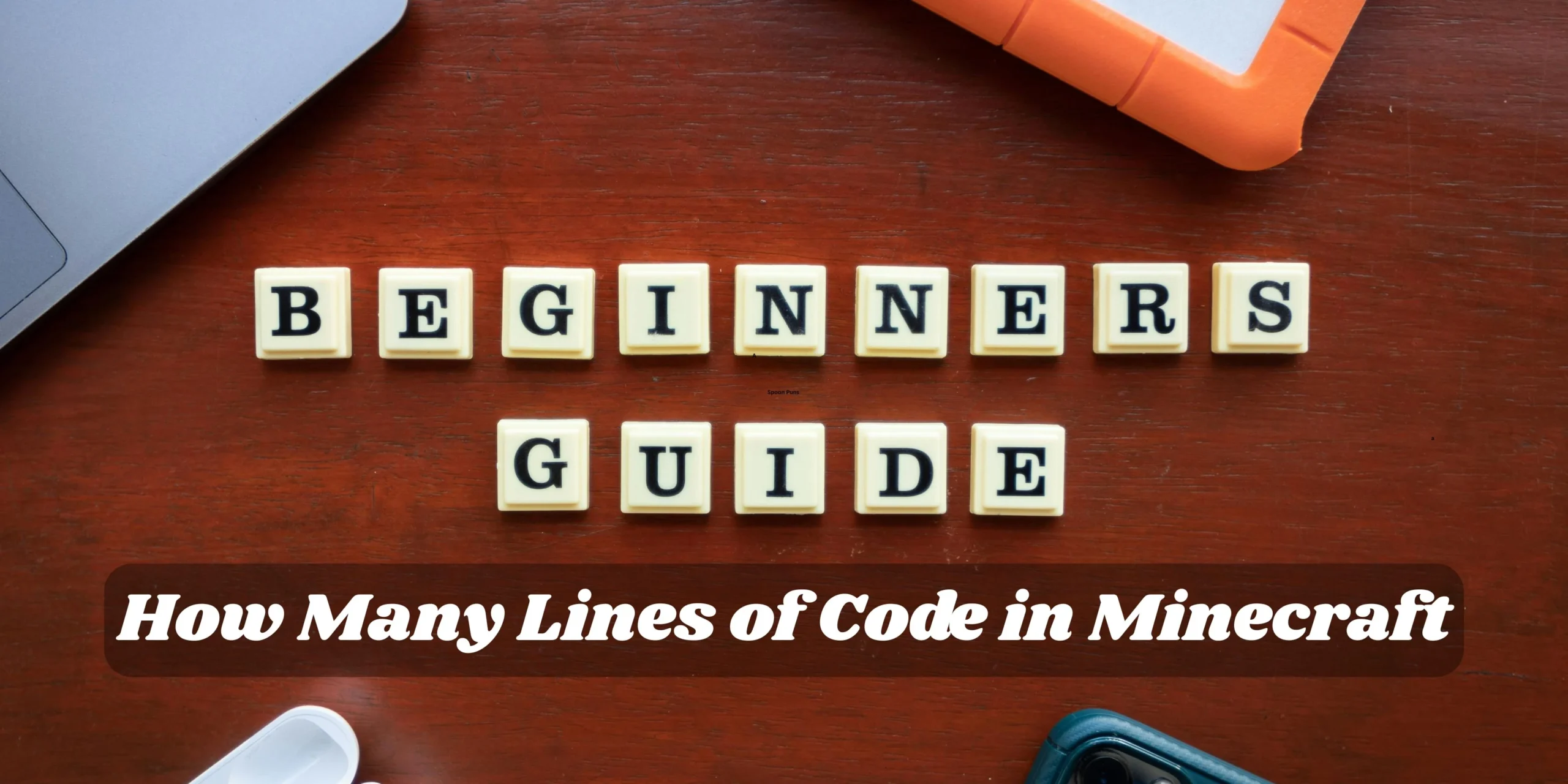If you’ve ever sat down at a checkers board and wondered, “How many pieces are in checkers?”, you’re not alone.
This classic board game, loved by kids and adults alike, might look simple at first glance—but understanding the setup is key to playing it right.
Whether you’re a beginner learning the rules, a parent teaching your child, or just curious about strategy, knowing the exact number of pieces in checkers is the first step.
In this guide, we’ll break it down clearly, explain the number of pieces for each player, and share helpful tips to get you started.
By the end, you’ll know not just how many pieces there are, but also why they matter in winning the game.
A Simple Explanation of the Two Units Involved
Before diving into the number, let’s compare it to cooking measurements:
- The “unit” here is the pieces – just like tablespoons or cups in recipes.
- Each player gets their own set of pieces (think of it like two different ingredients in one dish).
- One player has dark pieces, the other has light pieces.
So, instead of cups and tablespoons, we’re comparing light vs. dark checkers pieces.
The Direct Conversion Answer

- A standard checkers game has 24 pieces in total.
- That’s 12 pieces per player.
- One player controls the dark pieces, and the other controls the light pieces.
So if someone asks, “how many pieces in checkers?”, the answer is 24.
A Conversion Chart for Quick Reference
| Game Type | Pieces Per Player | Total Pieces |
| Standard Checkers | 12 | 24 |
| Giant Outdoor Set | 12 | 24 |
| International Draughts (10×10 board) | 20 | 40 |
| Mini Travel Set | 12 | 24 |
Why This Conversion Matters in Real Life
Understanding the number of pieces is key:
- ✅ To set up the game correctly.
- ✅ To avoid starting with missing pieces.
- ✅ To teach beginners without confusion.
- ✅ To buy replacement sets with the right count.
- ✅ To enjoy a fair and balanced match.
Just like miscounting ingredients can ruin a cake, missing a checker piece can throw off the whole game.
How to Easily Remember the Conversion

Here’s a simple trick:
- 12 = Dozen. Think of a carton of eggs—each player gets one “dozen” pieces.
- 24 = 2 Dozen. The whole board starts with two dozen pieces total.
Eggs in the kitchen = Checkers on the board. Easy! 🥚➡️⭕
Common Mistakes and Tips for Accurate Measuring
People often make small mistakes when learning checkers:
- ❌ Thinking each player has 24 pieces (it’s only 12 each).
- ❌ Forgetting to set them up on the dark squares.
- ❌ Mixing checkers with chess pieces.
- ❌ Assuming different board sizes mean different starting pieces (most versions stick to 12 per player).
- ✅ Always count: 12 + 12 = 24.
Measurement Difference (If Applicable)
While most sets use 12 pieces per player, some variations differ:
- International Checkers/Draughts: 20 pieces per player.
- Turkish Checkers: Still 16 per player.
- Mini sets or novelty versions: Typically shrink the board, but pieces per player often stay 12.
Real-Life Examples Where This Conversion is Needed

- Buying a replacement set: You’ll know if you need 24 or more.
- Teaching kids: Explaining “a dozen each” makes it simple.
- Organizing tournaments: Ensures every board is correctly set.
- DIY game boards: Helps crafters create accurate sets.
- Travel games: Ensures no piece gets lost in packing.
FAQ: How Many Pieces in Checkers?
1. How many pieces are in a standard checkers set?
24 pieces total—12 per player.
2. Do all checkers versions use 24 pieces?
No, some international versions use more (like 40 total).
3. How many kings can you have in checkers?
As many as you can promote—there’s no limit.
4. What happens if I lose a checker piece?
You can use a coin, button, or small object as a substitute.
5. Are checkers and chess pieces the same?
No, they are completely different sets.
6. Can two people play with fewer than 24 pieces?
Yes, but it won’t be a standard or balanced game.
Conclusion
Checkers is simple, but like a recipe, it only works if you start with the right ingredients—12 pieces per player, 24 total. Remember the “dozen rule” to keep it easy.
Whether you’re teaching kids, buying a set, or setting up a game night, this little detail ensures your game runs smoothly every time.

Emily Collins is a recipe creator who makes cooking simple, fun, and delicious. She loves sharing easy meals perfect for families and busy cooks. With a passion for fresh flavors, Emily inspires home kitchens with everyday recipes.




